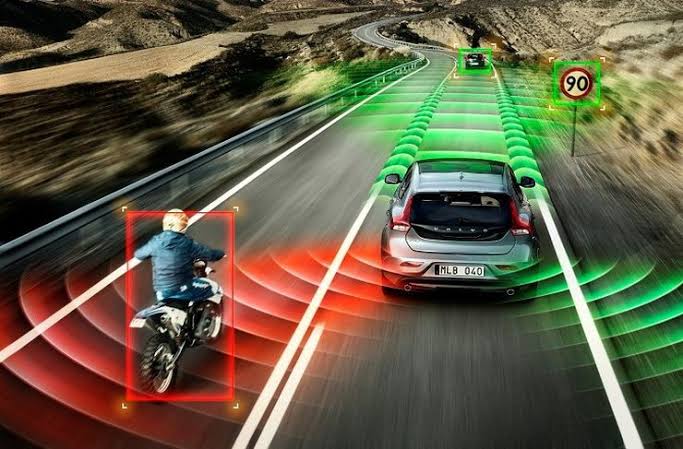There are numerous driving and safety tips out there to prevent road accidents, but as long as human interaction is involved in controlling the wheels, it is a bit hard to control the accidents on the road. This is where technology comes into action. These are helping to make up for human errors through sensors, automatic braking, smartphone connectivity, and many more. All these features define the collision prevention score and the safety of a vehicle.
Here is some of the major collision-avoidance systems that we are hoping to see in every vehicle in next few years. Many of these are not only safer, but also more convenient for the driver:
Adaptive Cruise Control
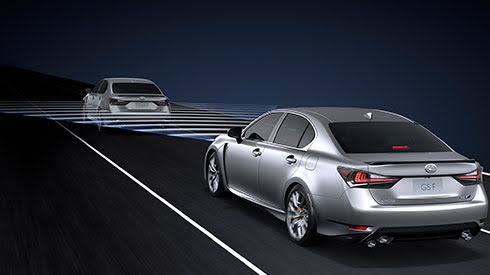
Rather than maintaining the same speed in the car, adaptive cruise control adjusts the speed of your car on the basis of other vehicle’s speed in front of you. This also releases you from managing the speed of the car whenever traffic slows. Although, this feature is mainly available in luxury vehicles, but it is expected that soon it will be available in all types of vehicle.
Automatic Emergency Braking
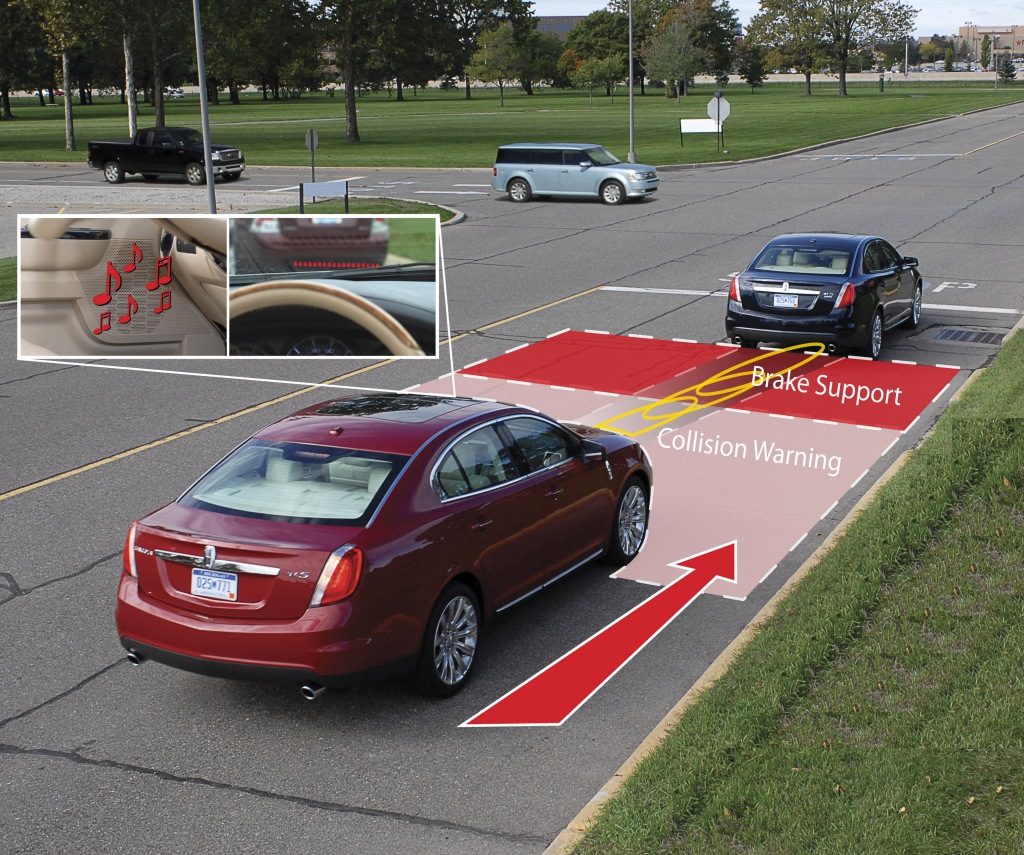
According to various reports, rear-end crashes are the most common type of collision reported in the North America. With the help of collision avoidance systems, almost 50% of these accidents can be prevented, according to IIHS. Even in cases where AEB (Automatic Emergency Braking) failed to prevent a collision, it reduced the severity enough to reduce the number of injuries.
AEB is one of the most advanced features in the cars that helps in preventing a collision by automatically applying brakes when the driver fails to heed all warnings along with making the vehicle eligible for collision safety ratings. Although, this feature is not a standard equipment on most vehicles, but can now be found as the option on many mainstream vehicles.
Lane Departure Warning and Prevention
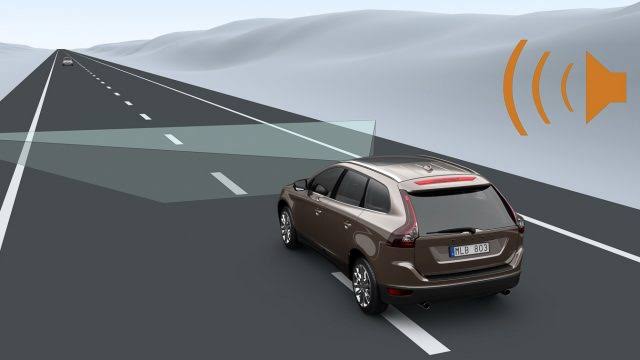
Lane departure only alert the driver with beeps or by vibrating the seat wheel, in case the car is drifting out of its lane. Lane departure prevention or assist will try to steer a vehicle back into its lane. Quality and capability of these systems is dependent on the car and its manufacturer and it is available as a standard or optional feature on nearly all new vehicles.
Blind Spot Warning
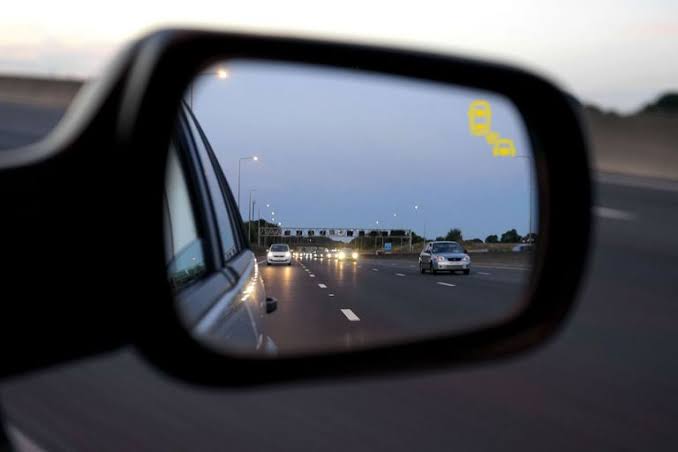
If you find difficult to see if there is a vehicle next to you when changing lanes, blog spot monitoring is the solution for you. This helps you see vehicles that you might not be able to using mirrors only. If there will be a vehicle in your blind spot, a monitoring system will alert you with a warning light. According to an IIHS study, almost 14% lane-change crashes have been reduced through this feature and because it is an optional feature, you should go for it because it is not as expensive as other collision-avoidance systems.
